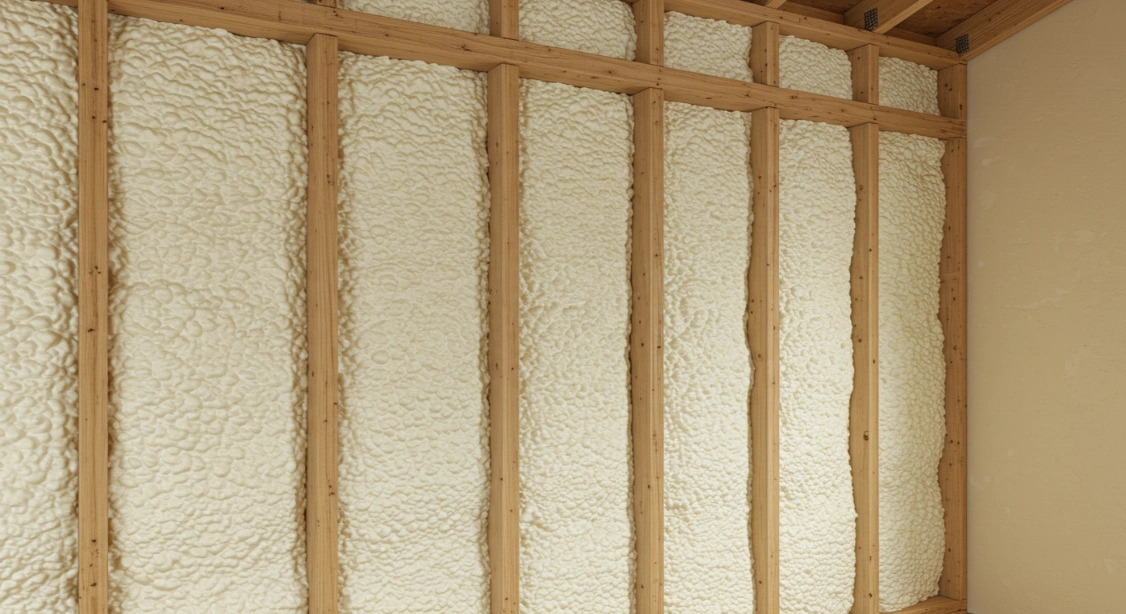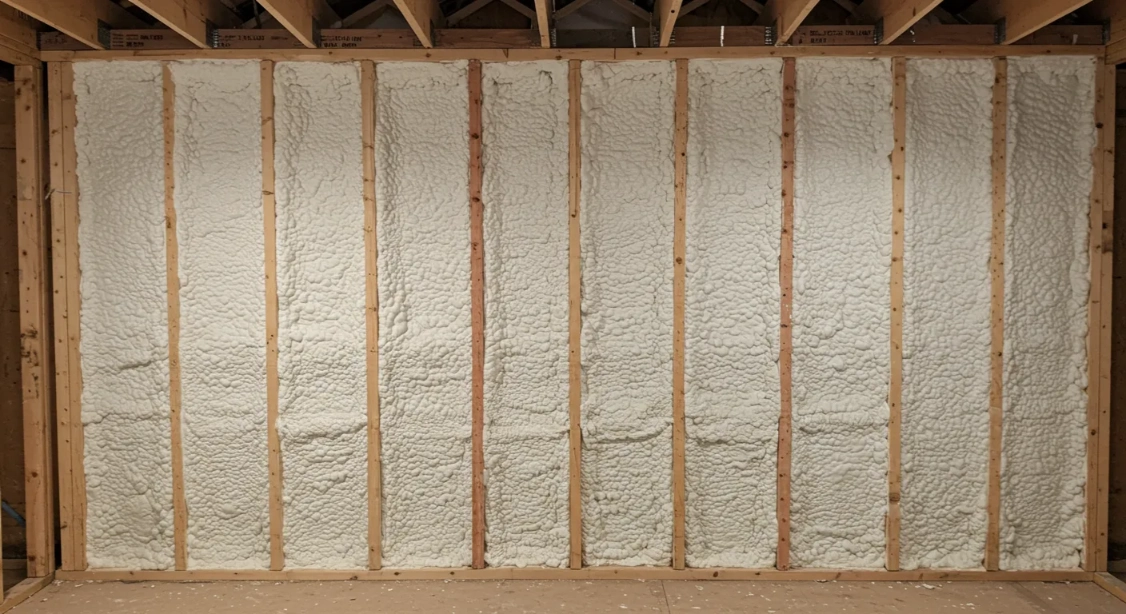Spray foam insulation stabilizes indoor temperatures by creating a continuous air and thermal barrier that limits heat transfer during hot summers and cold winters. It prevents conditioned air from escaping while blocking outside air from entering, helping HVAC systems operate efficiently even when outdoor temperatures spike or plummet.
Unlike traditional insulation, spray foam adheres to surfaces and fills gaps, preventing air leaks and thermal bridging. Homes with properly installed spray foam insulation experience fewer drafts, more consistent temperatures across rooms, and reduced humidity issues. This makes it a reliable option for improving year-round comfort, especially in climate zones with temperature extremes like Central Texas.
Stellrr Insulation & Spray Foam applies firsthand experience in selecting and installing spray foam systems for residential and commercial spaces, adapting techniques for local climate demands and building characteristics.
How Spray Foam Controls Heat Flow and Air Infiltration
Spray foam serves two functions thermal insulation and air sealing. Open cell foam expands to fill cavities, while closed cell foam forms a dense, moisture-resistant barrier. These properties significantly reduce heat gain in the summer and heat loss in the winter.
Spray Foam vs Traditional Insulation: Performance Comparison
| Property | Spray Foam (Open/Closed Cell) | Fiberglass Batt | Cellulose Blown-In |
|---|---|---|---|
| R-Value per Inch | 3.6-7.0 | 2.2-2.7 | 3.2-3.8 |
| Air Sealing | Excellent | Poor | Moderate |
| Moisture Resistance | High (Closed Cell) | Low | Low |
| Mold Resistance | High | Low | Moderate |
| Lifespan | 20+ years | 10-15 years | 20 years |
| Performance in High Humidity | Strong | Weak | Fair |
Bonus Tip: Closed cell foam is ideal for areas prone to moisture, such as crawl spaces and basements, because of its vapor barrier characteristics.
Technical Specifications of Spray Foam
| Specification | Open Cell Foam | Closed Cell Foam |
|---|---|---|
| Density | ~0.5 lb/ft\u00b3 | ~2 lb/ft\u00b3 |
| Expansion Ratio | 100:1 | 30-40:1 |
| R-Value per Inch | ~3.6 | ~6.5 |
| Vapor Permeability | High | Low |
| Sound Absorption | High | Low |
| Water Resistance | Low | High |

Local Considerations for Central Texas Homes
In Central Texas, insulation must handle extreme summer heat, high humidity, and occasional freezing spells. Spray foam reduces the load on HVAC systems during 100+\u00b0F heat waves by sealing the attic and wall cavities. Closed cell spray foam also protects against humidity-driven condensation that can compromise indoor air quality.
According to data from the U.S. Energy Information Administration, Texas households spend more on summer cooling than the national average (EIA, 2023). Air sealing with spray foam can cut HVAC energy use in climate zones like Austin.
Bonus Tip: Sealing roof decks with spray foam in unvented attics helps convert attics into semi-conditioned spaces, reducing duct losse.
Things to Consider Before Making a Decision
- Existing Building Materials: Spray foam adheres best to clean, dry substrates. Older homes may need prep work.
- Ventilation Adjustments: Spray foam creates a tight envelope; mechanical ventilation may be needed.
- Budget and ROI: Installation costs are higher upfront but can yield long-term savings and stability.
- Building Codes: Closed cell spray foam often requires ignition barriers in living spaces.
- Moisture Control Needs: Select the appropriate foam type based on the area’s exposure to moisture.
Services That Address This Need
Stellrr Insulation & Spray Foam provides services designed to improve comfort and efficiency:
- Open Cell Insulation: Expands fully into wall cavities and attics to reduce airflow and noise.
- Closed Cell Insulation: Adds structure and moisture control, ideal for foundations and crawl spaces.
- Attic Insulation: Targets the primary source of heat gain and loss in residential buildings.
- Insulation Removal: Clears outdated or degraded material to prepare for high-performance upgrades.
Get Expert Insulation Guidance
Contact Stellrr Insulation & Spray Foam for precision installation that meets the demands of Central Texas homes and buildings.
Phone: (512) 710-2839 Email: info@stellrr.com
Common Questions
How long does spray foam insulation last?
Over 20 years with no sagging or settling when installed correctly.
Is spray foam safe once cured?
Yes. Once it cures, it forms a solid, inert barrier with no off-gassing.
Will spray foam reduce my energy bills?
Yes, especially in climates with high heating or cooling demands.
Can spray foam be added to existing homes?
Yes, though installation methods may vary depending on access and wall construction.
What R-value should I aim for in Texas attics?
R-30 to R-38 is standard. Closed cell foam achieves this in thinner layers than fiberglass.
Does spray foam attract pests?
No. It doesn’t provide food or nesting material.
How does spray foam affect HVAC sizing?
Tighter envelopes reduce system loads, allowing for smaller or more efficient equipment.
Will it prevent ice dams?
Yes. Sealing the attic space helps maintain a uniform roof temperature.
Is spray foam flammable?
It requires a thermal barrier in occupied spaces but does not ignite easily once cured.

